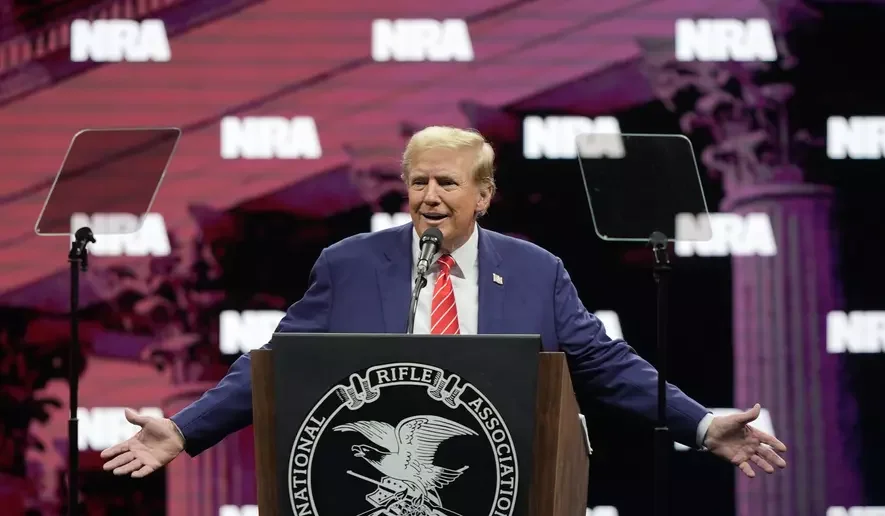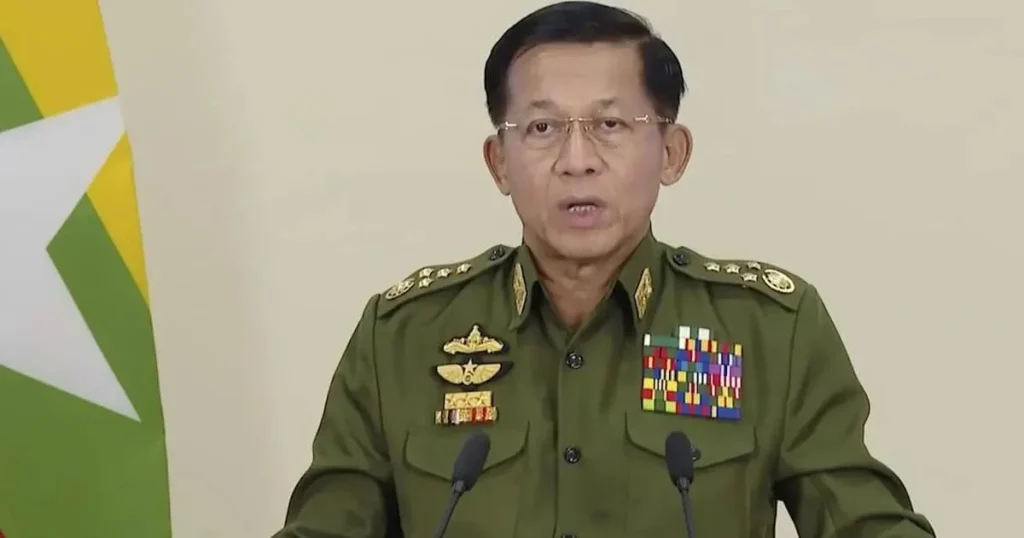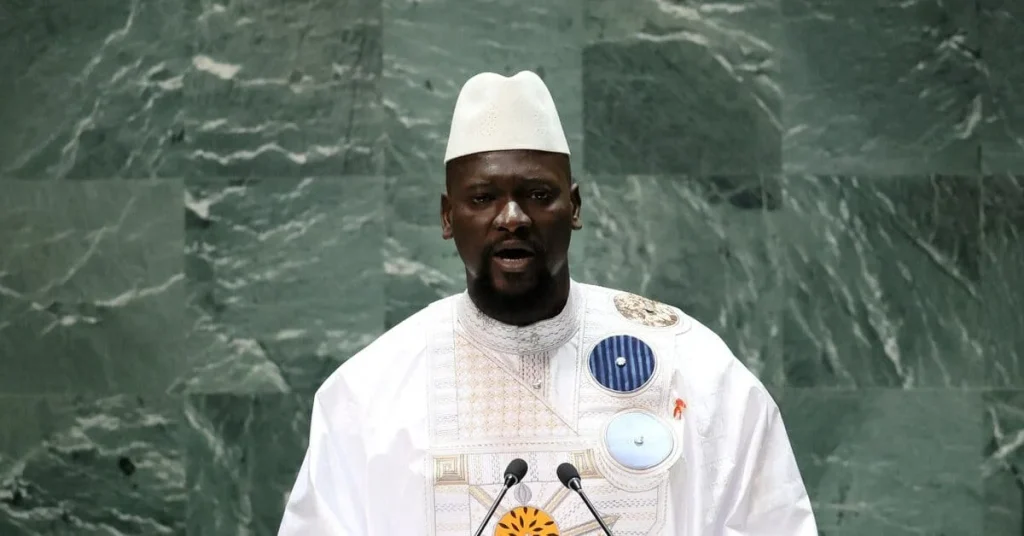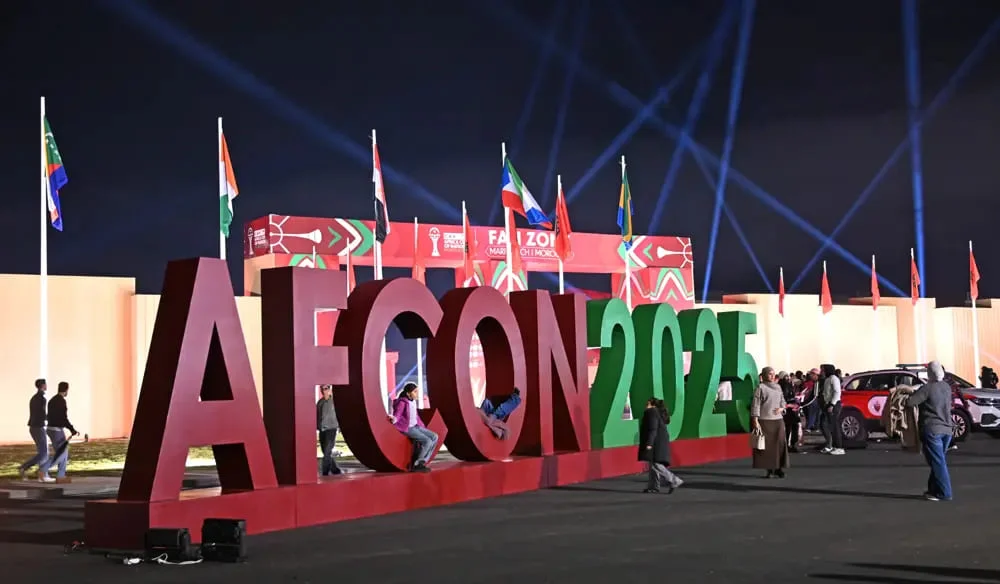In a dramatic shift that recalls Cold War tensions, President Donald Trump has ordered the United States to resume nuclear weapons testing.
This directive immediately terminates a 33-year moratorium that began in 1992. The announcement was made publicly just prior to his meeting with Chinese President Xi Jinping in Busan, South Korea.
President Trump confirmed his decision with firm resolve. “I’ve directed the Department of War to launch tests of our nuclear arsenal on a level playing field,” he stated.
This move follows his recent criticism of Russia’s test of the nuclear-powered Burevestnik missile just last month. As of his Asia tour, Trump provided no specifics on when or how these live tests would recommence, leaving global observers in suspense.
End of the Three-Decade Moratorium
The original testing ban was enacted at the conclusion of the Cold War. Congress established the moratorium, and President George H.W. Bush signed it into law in October 1992. The original goal was to reduce international tensions and curb the spread of nuclear armaments.
For over three decades, the U.S. successfully maintained its nuclear deterrent without live explosions. Instead, it relied on advanced simulations and safe laboratory experiments.
Trump’s order decisively reverses this long-standing policy, opening a new and unpredictable chapter in global nuclear affairs.
Shifting Global Nuclear Dynamics
This policy change holds the potential to disrupt the existing global nuclear balance. The U.S. and Russia currently adhere to a treaty that limits each nation to 1,550 deployed warheads.
Washington is increasingly concerned by the rapid expansion of China’s nuclear program. Its arsenal has grown significantly, reportedly jumping from 200 warheads in 2020 to approximately 600 today.
The U.S. fears China could soon achieve parity with the world’s leading nuclear powers. This looming threat risks creating a dangerous three-way arms race.
ALSO READ: Africa’s Economic Dawn: Who Will Lead by 2100?
Trump Cites China’s Military Growth
President Trump clearly tied his decision to the perceived threat of China’s rise. In his public post, he emphasized the speed of Beijing’s military development: “Russia is second, China is third but far behind yet in five years, the gap could close.” He maintains that the U.S. must establish equal footing with its rivals.
However, China has consistently rejected proposals for trilateral arms control discussions, labeling them as “unreasonable and unrealistic.” This stance ensures that tensions regarding arms control continue to escalate.
A Look at Historical Testing
Since the mid-1990s, the major nuclear powers have avoided live explosive tests. Russia conducted its last test in 1990, the U.S. in 1992, and China in 1996. North Korea remains the outlier, having conducted its most recent test in 2017.
The history of nuclear testing began when the U.S. first detonated a 20-kiloton bomb in New Mexico in July 1945. This pivotal event directly led to the strikes on Hiroshima and Nagasaki, which concluded World War II.
Trump’s decision is set to fundamentally challenge global treaties and trust. Do you think resuming nuclear testing strengthens the U.S. position or risks triggering a new international arms race?






